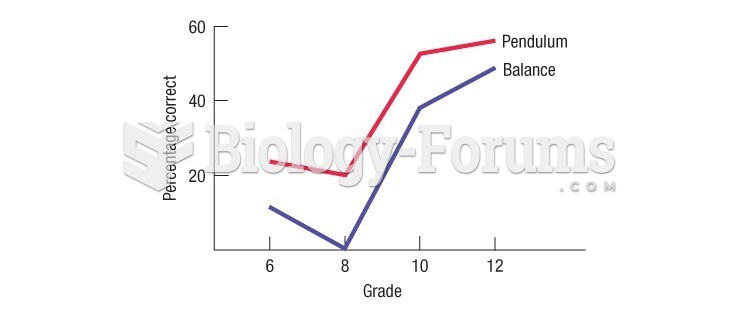This topic contains a solution. Click here to go to the answer
|
|
|
Did you know?
Hip fractures are the most serious consequences of osteoporosis. The incidence of hip fractures increases with each decade among patients in their 60s to patients in their 90s for both women and men of all populations. Men and women older than 80 years of age show the highest incidence of hip fractures.
Did you know?
Eat fiber! A diet high in fiber can help lower cholesterol levels by as much as 10%.
Did you know?
Everyone has one nostril that is larger than the other.
Did you know?
Blood is approximately twice as thick as water because of the cells and other components found in it.
Did you know?
People about to have surgery must tell their health care providers about all supplements they take.







